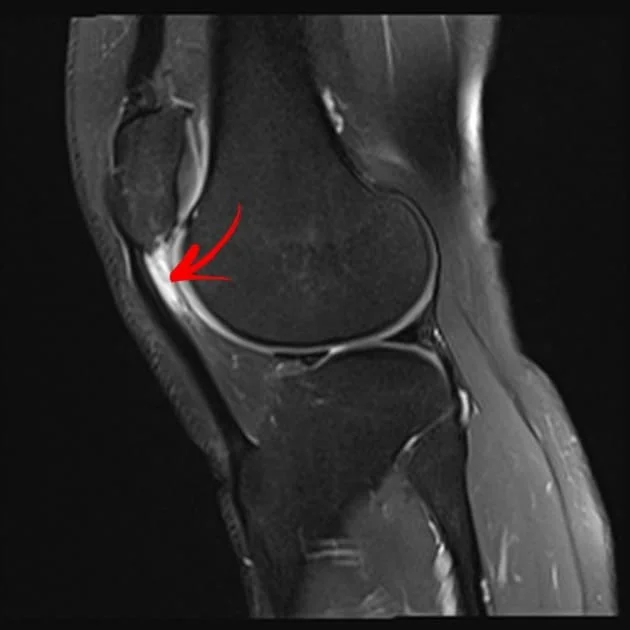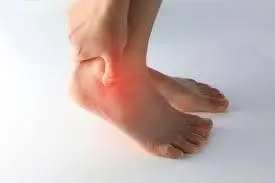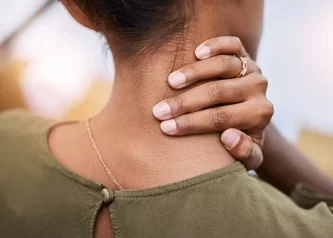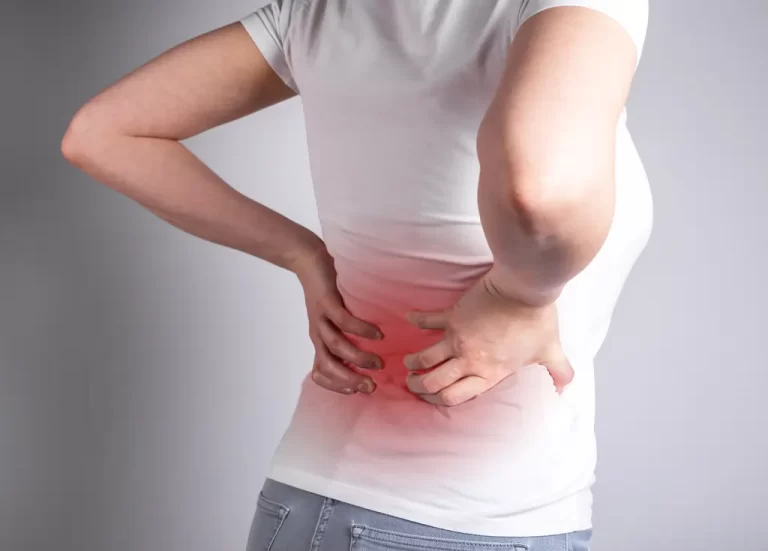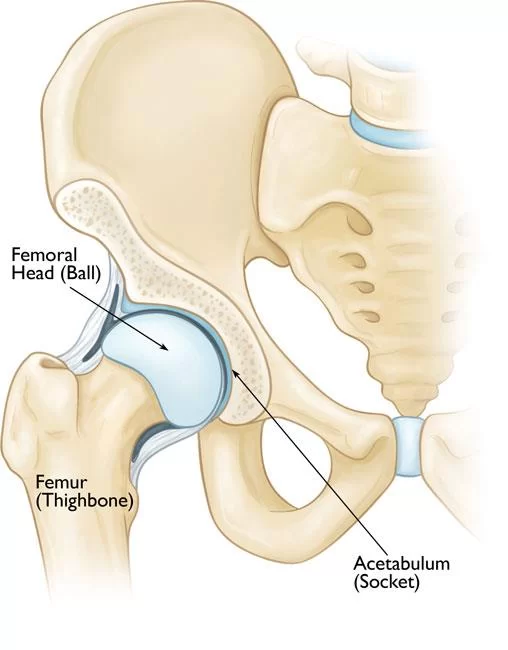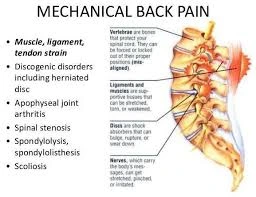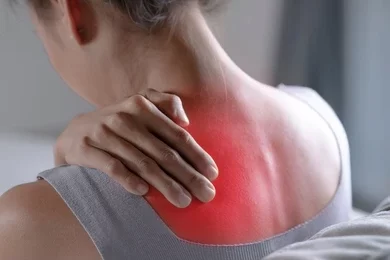Patellar Tendon-Lateral Femoral Condyle Friction Syndrome
What is Patellar Tendon-Lateral Femoral Condyle Friction Syndrome (PT-LFCFS)? Patellar Tendon-Lateral Femoral Condyle Friction Syndrome (PT-LFCFS) is a rare condition caused by repetitive friction between the patellar tendon and lateral femoral condyle. It commonly affects individuals in high-impact sports or activities involving repetitive knee motions, such as running, jumping, or cycling. If untreated or not…

